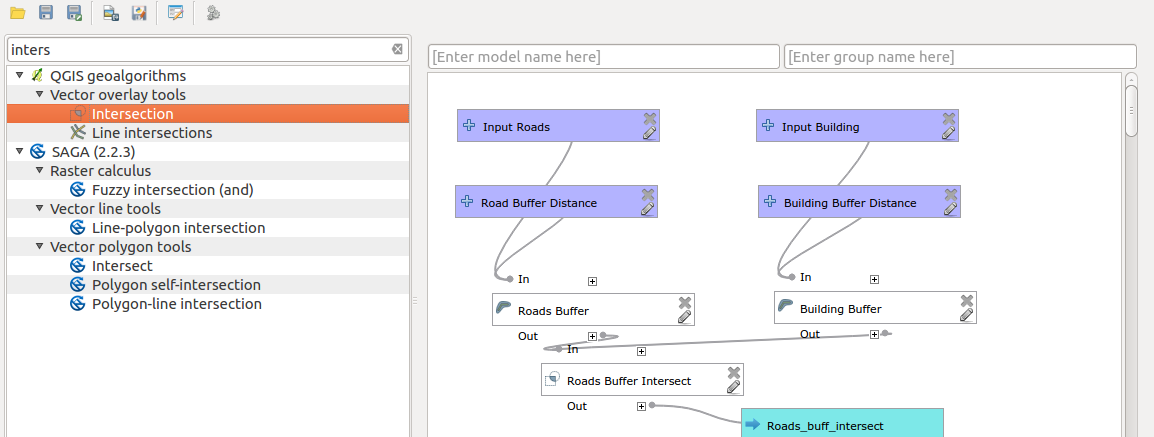
Spatial Analysis in Context
“Spatial analysis is the process of examining the locations, attributes, and relationships of features in spatial data through overlay and other analytical techniques in order to address a question.”
Spatial analysis lies at the heart of GIS. It allows users to answer questions like "What is it?","What is that ?", "What spatial patterns exist?". Spatial analysis allows us to add value to information. Spatial analysis can be broadly classed into the following categories
- Analysis of Discrete point patterns
- Analysis of data that is spatially continuous
- Analysis of area data, spatial data that has been aggregated into areal units e.g. census zones
Most of the spatial analysis techniques require data to be in a projected reference system. When undertaking spatial analysis it is imperative to use the right tool to do an analysis as they are usually multiple tools that produce slightly different results.
Once a user has completed the task and noted the steps that they undertook to achieve the results, QGIS provides tools that allow the steps to be automated and store the procedure either as Models or Scripts in the processing.
In this module, we will explore some of the techniques that are used when solving geographical problems.

You try:
Goal: Problem: You are a salesperson in your local town and you have clients who are interested in buying houses in a town.
The following is the criterion:
a) It needs to be in Swellendam.
b) It must be within reasonable driving distance of a school (say 1km).
c) It must be more than 100m squared in size.
d) Closer than 50m to a main road.
e) Closer than 500m to a restaurant.
Data: Download osm data representing the town you stay eg. Swellendam using Open Street Map downloader or OSMDownloader plugin.
- Filter the OSM layer for buildings, restaurants, and main roads. Use the amenity column to filter for restaurants and schools.
- Filter for main roads and use the main road filter.
- Filter for buildings using the building column.
- For each filtered layer save the result as a new vector layer and reproject using the specified CRS I.e After filtering schools save the layer as schools
- Run the analysis using the spatial operations tools specified.
| Name | Expectation |
|---|---|
CRS |
EPSG:3857 |
Buffer Zone Severity: |
Fixed Distance Buffer |
Spatial Operations |
Clip, Intersect, select by location |
Dissolve Buffer |
Yes |
Main road filter |
"highway" is not NULL AND "highway" not in ( 'unclassified', 'track', 'path'. 'footway') |

Check your knowledge:
-
What is the difference between an attribute based search and spatial selection:
- They are both the same
- Spatial selection is more accurate than attribute selection
- Spatial selection uses the geometry of the layer to do it's search while attribute based search only uses the contents of the attribute.
-
Which of these represent a spatial operation:
- Digitising a route that shows the path from my house to the bar.
- Calculating the shortest distance between my girlfriend's house and my parents house.
- Deleting columns from an attribute table
-
Joining a non spatial layer to a spatial layer is a type of spatial analysis:
- True
- False

Further reading:
-
Geo-processing-in-qgis: https://infogeoblog.wordpress.com/2013/01/08/geo-processing-in-qgis/
-
Automating_Vector_and_Raster_Workflows_using_the_Graphical_Modeler_in_QGIS: http://gracilis.carleton.ca/CUOSGwiki/index.php/Automating_Vector_and_Raster_Workflows_using_the_Graphical_Modeler_in_QGIS
